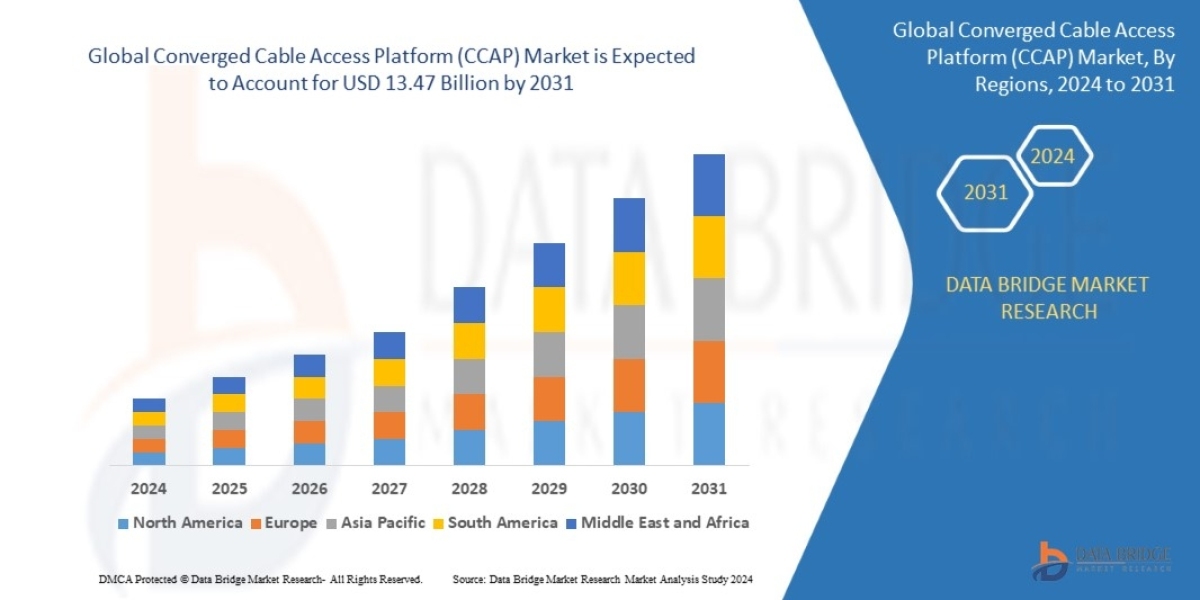Digital Payments: A Modern Financial Revolution
In today's fast-paced digital economy, digital payments have become a cornerstone of financial transactions across the globe. From purchasing groceries with a smartphone to transferring money across borders in seconds, the rise of digital payment systems has transformed the way individuals, businesses, and governments handle money.
What Are Digital Payments?
Digital Payment Market Size refer to transactions that are completed electronically without the use of physical cash or paper-based instruments. These payments are made through digital platforms using devices such as smartphones, computers, tablets, or smart cards. The transaction can take place online (e.g., through websites or mobile apps) or in physical stores using technologies like QR codes and Near Field Communication (NFC).
Types of Digital Payment Methods
- Mobile Wallets
Apps like Google Pay, Apple Pay, PhonePe, and Paytm allow users to store money and make quick payments through their phones. - UPI (Unified Payments Interface)
A real-time payment system developed in India that enables bank-to-bank transfers instantly via mobile platforms. - Credit and Debit Cards
Widely used for both online and offline purchases, with added features like EMI options and reward points. - Internet Banking
Online access to banking services, including fund transfers, bill payments, and account management. - Buy Now, Pay Later (BNPL)
A digital credit solution that lets consumers make purchases and pay for them in installments. - Cryptocurrency Payments
Digital currencies like Bitcoin and Ethereum are gaining acceptance in some online markets as a payment method.
Benefits of Digital Payments
- Convenience: Instant payments can be made from anywhere at any time.
- Speed and Efficiency: Transactions are faster compared to traditional methods like cheques or money orders.
- Security: Encrypted systems and authentication protocols protect sensitive financial data.
- Transparency and Tracking: Every transaction is recorded digitally, enabling better tracking and accountability.
- Financial Inclusion: Digital payments help bring banking services to unbanked populations, especially in rural and remote areas.
Challenges in Digital Payments
- Cybersecurity Risks: As transactions become digital, the threat of fraud and hacking increases.
- Digital Literacy: Not all users are familiar with the use of digital tools, especially among the elderly and rural populations.
- Infrastructure Issues: In areas with poor internet connectivity, digital transactions may fail or become unreliable.
- Regulatory Compliance: Adhering to evolving local and international regulations can be complex for service providers.
Future of Digital Payments
The future of digital payments lies in innovation, integration, and inclusion. With advancements in AI, blockchain, and biometric authentication, the security and speed of digital transactions will continue to improve. Moreover, governments and fintech companies are working toward expanding infrastructure and enhancing user experience to ensure broader adoption.
Conclusion
Digital payments are revolutionizing the global financial landscape by offering speed, security, and convenience. As technology continues to evolve, digital transactions will become more intuitive, accessible, and essential to daily life. Whether you're a business owner, consumer, or policymaker, understanding and embracing digital payment systems is crucial to thriving in the digital age.
Related Report -
Enterprise Asset Leasing Market







